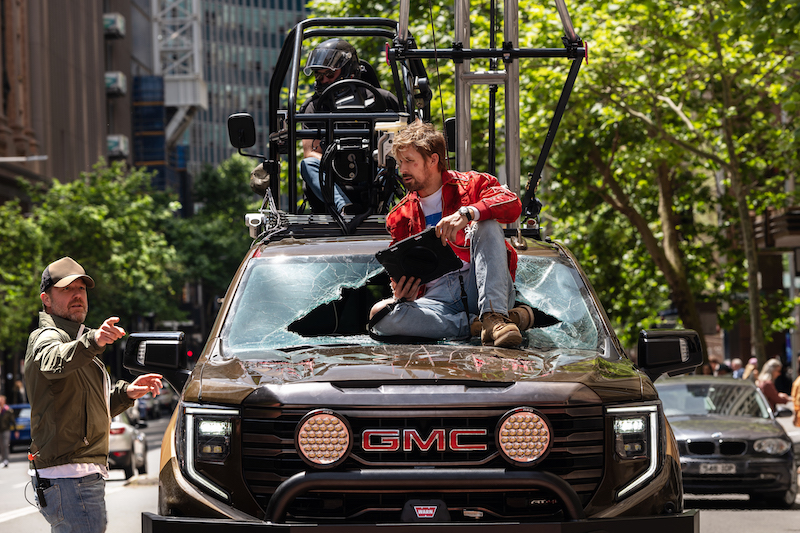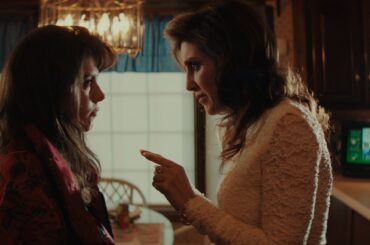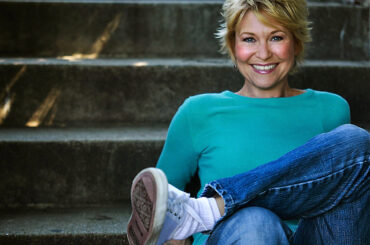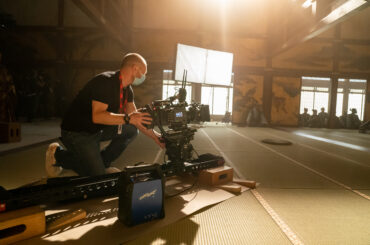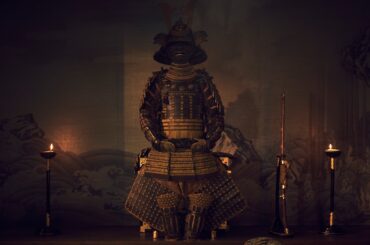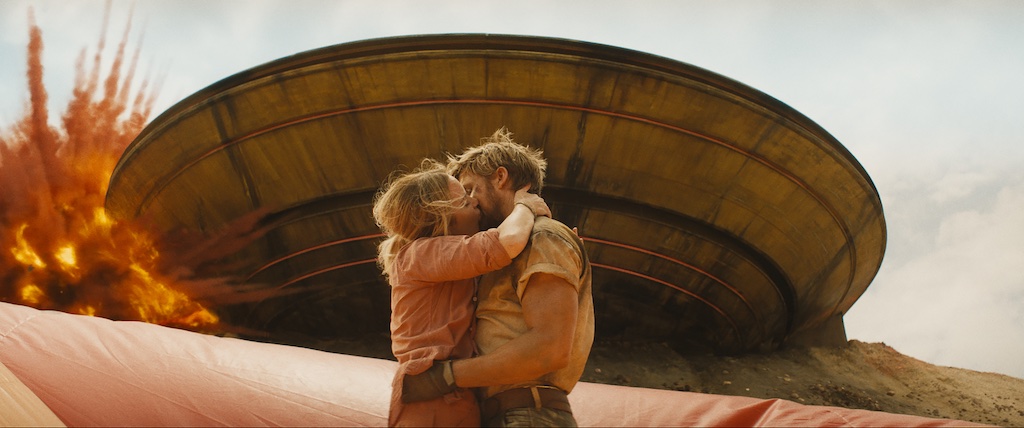
Elísabet Ronaldsdóttir is director David Leitch‘s go-to editor. They started working together on John Wick, which led to Atomic Blonde, Deadpool 2, and Bullet Train. The editor has an unmistakably clean eye for action, which is again on display in The Fall Guy.
What’s most distinct about the latest collaboration between Ronaldsdóttir and Leitch is the romance. The feel-good love story between Jody Moren (Emily Blunt) and Cult Seavers (Ryan Gosling) is allowed to breathe and build as much as the action in The Fall Guy. The well-crafted star chemistry is every bit as crisp at the jumbo-sized set-pieces.
Recently, Ronaldsdóttir spoke with Immersive Media about cutting movie star performances, her film school and news days, and The Fall Guy‘s undeniable big-screen appeal.
You’ve edited the performances of some of the most charismatic movie stars around. As someone who crafts those performances, how do you see star quality?
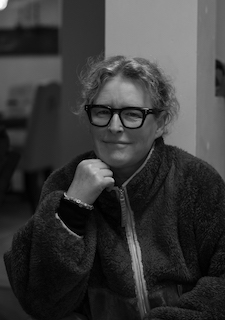
They are at the top of their game, amazing actors. They interact with the camera, so a lot of their chemistry between them is also towards the audience, which is the camera. I appreciate just working with actors who have amazing work ethics. They know their lines, they immerse themselves into that character, and it’s always [about] the work.
They’re extremely humble and the story they’re telling is the only important thing in the room. Every filmmaker appreciates working with people like that, but also, they are careful about continuity because that’s the only way really for them to protect their performance. Because if they let the continuity slide, that’s when we have to rip things apart then to make it work. They protect their own performance by good continuity,
There is a lot of movie star charm happening when you see Emily Blunt and Ryan Gosling in the split-screen. Did you have a lot of options there?
When they did those split screens, they shot them separately, but it was all very choreographed. When they were shooting Ryan, Emily was in the space talking to him and vice-versa.
Given David’s stunt and second-unit background, how do you think he approaches action differently in the editing room?
I guess film directors have all kinds of different backgrounds, but what makes David a great director is his passion for filmmaking and for films in general. He’s a film nerd. He knows his stuff. I think that’s his biggest quality as a film director, but also that he loves people. He’s interested in people, therefore their stories.
Maybe it’s something that comes from him working as a second-unit director or a stuntman, but he really understands and appreciates what everyone has to bring to the table for a movie to work. He’s never losing sight on his vision or what he wants, but he’s so willing to have the discussion, try out different things, and experiment. You can’t ask for more in a director.

How’d you experiment with The Fall Guy?
Well, mostly the intercutting, cutting together different scenes for different reasons, but to keep the pace and story going, not losing sight of our characters and motivations. So yeah, we did a lot of experiments within the cutting, and a lot of it is in the movie.
Is that a challenge you enjoy?
I worked on documentaries, and that’s the hard work. I believe that the work you have to do to put together a documentary is something that helps you when you’ve got all this material on your table and you have to make sense of it and make it work.
Also, I’m not doing it alone. I do have great people to help me organize and make sure everything is there. I have a director and a producer I’ve worked with for years, so it’s easy for us to have a discussion if we think something is missing or if we should do things differently. It’s just the love of film, I guess, for all of us that makes us go smiling through this.
You’re probably the first editor I’ve talked to who’s cited their documentary experience helping them cut action.
Well, I do believe editors can edit whatever, if you’re interested in story. It’s all storytelling. The difference between documentary and scripted is that documentary, you kind of have to find the story, but also, it’s a much higher ratio generally than in scripted. So, you get used to looking for and finding stuff in the mess. The Fall Guy wasn’t a mess, but a lot of material to go through and realize how it comes together and find the best takes, et cetera. It’s [a] really helpful [background].
I used to be put down, not put down, but people would tell me that you cannot edit everything. “No one’s going to know what you’re about and blah, blah, blah.” I was a single mom, so I edited everything people would bring to me. I edited the news, which was the best film school I’ve ever been to.
Also, I edited documentaries, TV shows, and children’s shows. Every single project gives you a different set of tools that you can bring forward into your next project. So when I started doing blockbuster Hollywood movies, I had all those tools that I needed to be able to get through that.
So, be open as a storyteller.
That’s a good way of putting it, thank you.
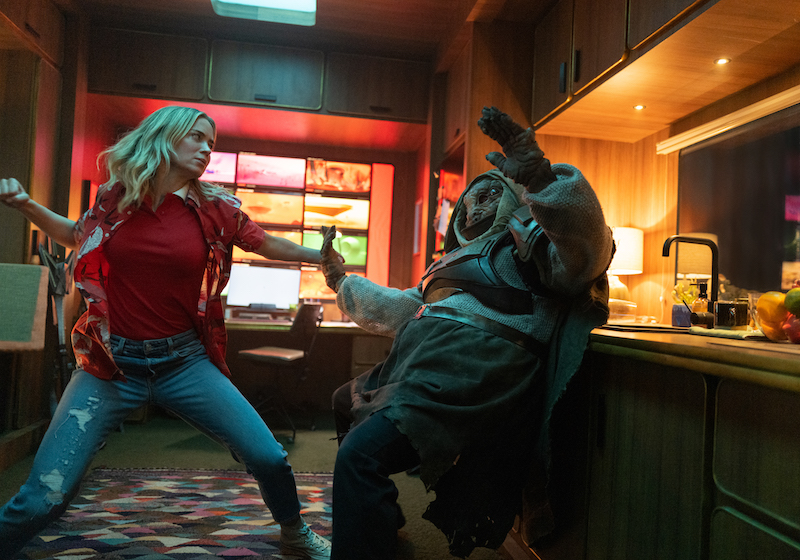
What were some of the best film school lessons you learned cutting news?
I’m Icelandic, but I went to Denmark and ended up working in the news in Denmark, which was a bit scary because the language is really hard. But what I learned there is you have to tell a very concise story, and you have to work it really fast, but it has to be concise. You might have 30 seconds to tell a complicated story about bankruptcy and political scandals.
I also went through film school, which is also fun and amazing, but it’s a more protected environment, obviously. But you make really good connections. So, I’m not telling you to go cut news and skip film school. That’s not the message, but different ways of telling a story can be extremely helpful tools to carry on into the next project.
Where did you go to film school?
I went to London Film School in Soho in London.
How was it?
We were young, we were stupid and so much fun to have. Not in film school, but yes, no, we had an amazing film school. What I loved about London Film School is that not only were they very set on teaching us film history — which is a good thing, we went through all the classics and all that — but we also got to shoot our projects on film. I’m old, so we were still using film. I shot on both 16 millimeter and 35 millimeter film for school projects.
Do you ever miss it?
I do sometimes, but not really. I mean, you would sit there with your white gloves and and go through everything. What I maybe miss the most is that every single day of principal photography we would meet. We’d watch the dailies together, the crew, the director, and everyone.
There were no iPads, so you had to go to see them in a film theater. I miss those times, just everyone coming together and excited to see what happened yesterday. Then they would leave, shoot more, and you would go and work through it.
I’m trying to bring this [process] back, but obviously, everyone’s super busy. Maybe we get to do it once every movie to come together and see a selection of dailies and discuss them. But yeah, people just get it on their iPads now.
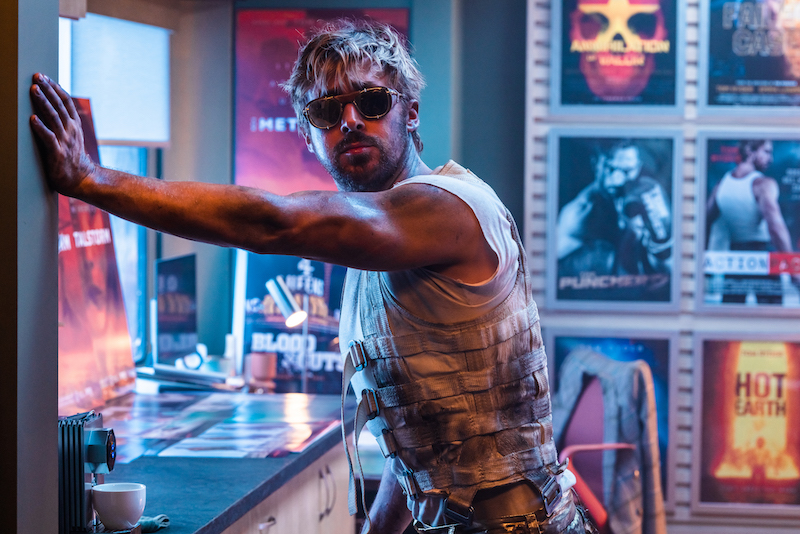
When you’re working on action sequences with David, does he ever reference Buster Keaton or Jackie Chan?
Well, he might tell me about that. He’s more knowledgeable than I am, but he will tell me. I love listening to that. We talk about every movie we see, and when David, [producer] Kelly [McCormick], and I lived together [to edit Bullet Train], we would go to see movies on a regular basis and discuss them.
Any particular movies that really inspire you as an editor?
There are so many. Sometimes I do feel it’s important to me to watch what young people are doing, as well. I love watching graduation films, because that’s when people are probably the bravest in their career, so that’s always exciting to see what’s happening.
For the same reason, I like to go to film festivals and see what’s happening. Many great ideas, but it’s also a bit funny because I’m European, so in the beginning everyone’s like, “Oh yes, he’s European, it’s going to be great.” And then they see what they made and they go, “It’s a bit European…”
[Laughs] Hey, Atomic Blonde, David calls that his European arthouse action movie.
It is without a doubt, and we are both kind of shocked how far they allowed us to go with it.
People still marvel at the long take in that movie. Do you have fond memories stitching those shots together?
It was so much fun because that’s one of the few moments I’ve had working on set because we knew it all had to come together. So we would stitch it on set, so they would film it chronologically, and then we would work it and shoot it again and try it again. We have to do it differently.
The scene is a testament to David as a director, and how he gets every single department involved in his filmmaking. You can imagine just how much job makeup and costumes had to do during that, because they obviously get bloodier and they’re clothes torn. And so, that had to gradually happen through the setups, but it was so much fun.
When Jody makes Colt perform the fire stunt again and again, it’s one of those jokes that the longer it goes on, the funnier. How was pacing that gag?
Well, just trials and errors. We would try different things until you just kind of feel it in your bone that it’s working.
Any scenes that kept you up at night?
Nothing keeps me up at night. Maybe taxes and children, but nothing else. So no, the work won’t keep me up at night, but also, it’s because I’m blessed to work with people who know exactly what they’re doing.
Is the nonlinear structure a lot of work to get right, though?
Challenging, yes, but I’m all up for the challenge. I am a big fan of nonlinear storytelling. You can see that all the way to John Wick. I love just playing with time because for me, a film is all about the emotion, and nonlinear storytelling is such a good vessel for emotional storytelling.
There are a couple moments of nonlinear storytelling [in The Fall Guy] that doesn’t really feel like it is, but it really is. For example, when he is a valet and talking with his producer on the phone; it’s all nonlinear. Hopefully people won’t get too confused about that.
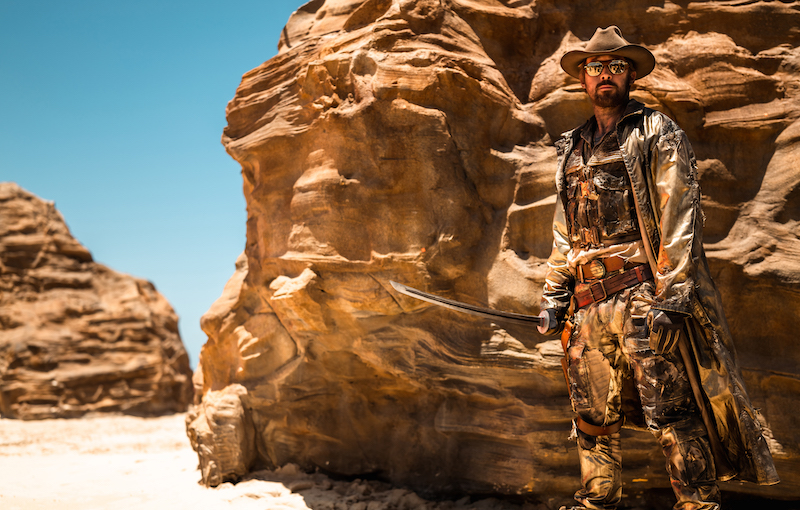
What else do you enjoy about nonlinear storytelling?
It gets me excited because we’re all about manipulation. You have to manipulate the audience into certain things. For example, when Colt is a valet, talking to Gail (Hannah Waddingham) and then making the decision to go to Australia, going nonlinear actually helped us carve in his motivation for going to Australia. So, it made it more clear, it gave him a sharper focus. It gave the scenes, all of them, sharper focus on what the scene was about. You always have to ask yourself, “What is the scene about?”
Any darlings you killed in post?
So much on the editing floor, but you always have to think about what’s best for the story. We did cut a lot, but the good news is there is an extended cut coming out on Peacock. It’s a 20-minute longer cut, because that’s also something you have to think about. Are we going to have a two and a half hour story? You don’t want to do that, so we cut out some really good bits. The extended cut is the funniest cut, too.
There was quite a bit of conversation online about The Fall Guy already hitting digital platforms. People are still discovering the movie in theaters, but what’s your take? Are you just happy people are watching it or wished it played longer exclusively in theaters?
I wish it had more time in the theater, but this is the capitalist world we live in. You just have to make that money the first weekend. We obviously failed to get the people in that first weekend, and those are the consequences. But I do hope that people understand this is a cinematic movie. I mean, [cinematographer] Jonathan Sela, are you kidding me?
It’s such a joy watching this movie, but also, maybe people think it’s more action-heavy than it really is. The movie is all about love, isn’t it? It’s a love story, almost old-fashioned romance. I hope people go and see it, but I have no doubt, just like Bullet Train, those movies are going to live for a long, long time.
The Fall Guy is now playing in theaters.


